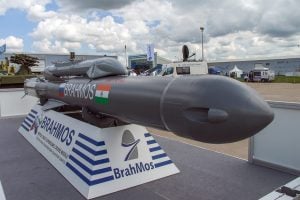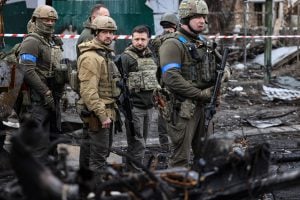A Jaguar fighter jet of the Indian Air Force crashed in a village near the Jamnagar IAF station in Gujarat on Wednesday night during a training mission.
IAF Fighter Jet Crash Kills One Pilot
A Jaguar fighter jet of the Indian Air Force crashed in a village near the Jamnagar IAF station in Gujarat on Wednesday night during a training mission. While one pilot managed to eject safely, the other succumbed to his injuries, the official statement said. The jet went down in an open field in Suvarda village, around 12km from Jamnagar city, and caught fire. District SP Premsukh Delu confirmed the incident, stating that the cause of the crash is yet to be determined.

Jaguar Aircraft Crash in Ambala
The IAF has ordered a Court of Inquiry to determine the cause of the accident.
The IAF Jaguar fighter aircraft crashed near Ambala in Haryana on Friday, with the pilot ejecting safely, officials said.
A mainstay of the IAF, the jets are primarily used for ground attack roles. The Air Force has around 121 Jaguar aircraft, with plans to gradually phase them out by 2031 and replace them with the Tejas Mk1A being made by HAL.
Manufacturers: SEPECAT, Dassault Aviation, HAL, British Aircraft Corporation, Breguet Aviation
Top speed: 1,700 km/h
Engine types: Turbofan, Rolls-Royce Turbomeca Adour
Range: 3,524 km
As Fighter Aircraft Fleet Dips Below 1965 Level, Air Chief Vows Measures
The Indian Air Force’s combat aircraft strength has reached an unprecedented low (below 1965 level), prompting Air Chief Marshal Amar Preet Singh to reaffirm the focus on optimising existing resources. The Indian Air Force is currently operating with 31 squadrons, the lowest count since 1965, when India was engaged in war with Pakistan. The authorised strength, set at 42 squadrons to reflect border threat levels, has steadily declined in recent years.
This reduction is primarily due to the retirement of ageing Soviet-era fighters, without new replacements being inducted at a necessary pace. The Air Force had initiated a process to acquire 114 such fighters under the ‘Make in India’ scheme in 2018, but no significant progress has been made in the six years since.
The decline in squadrons from a peak of 41 in 1996 to the current figure is a cause for concern, with the Air Force pressing for quicker decision-making and deliveries to bolster national security.




















